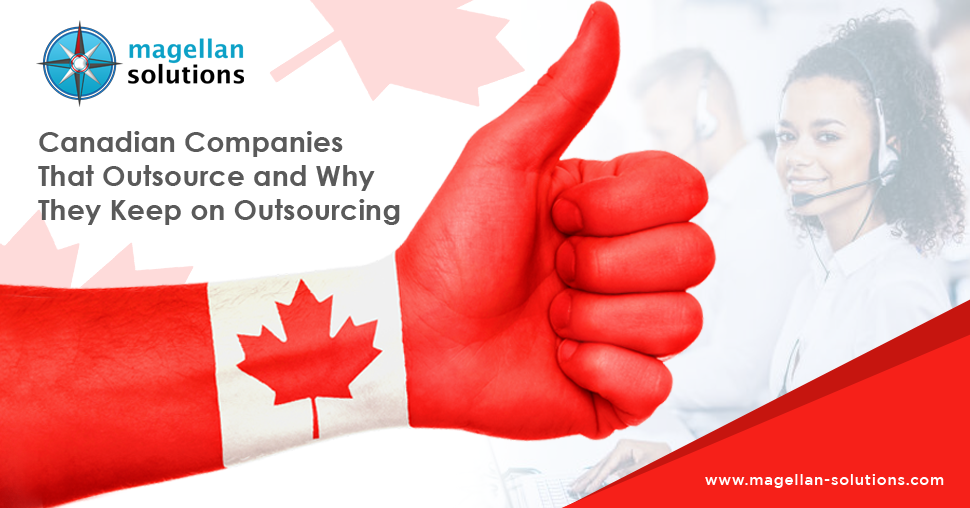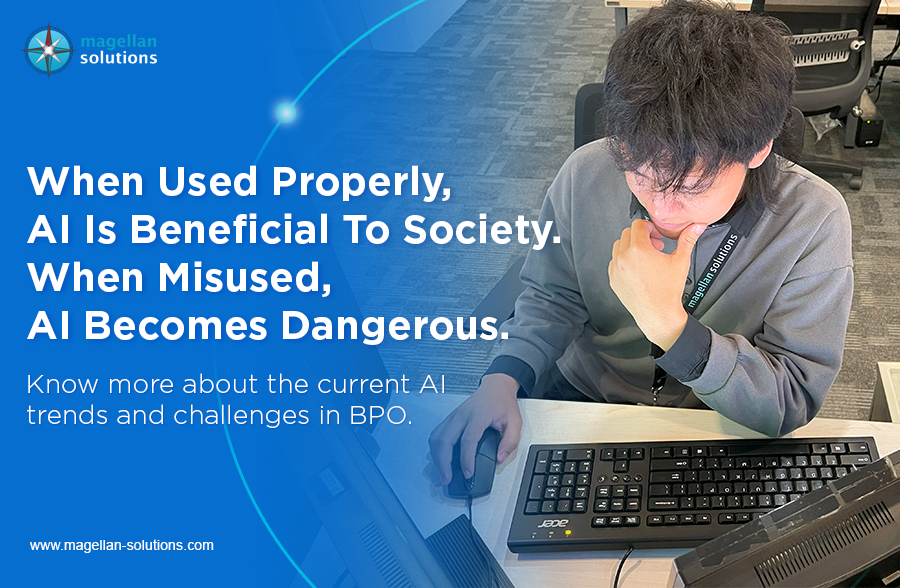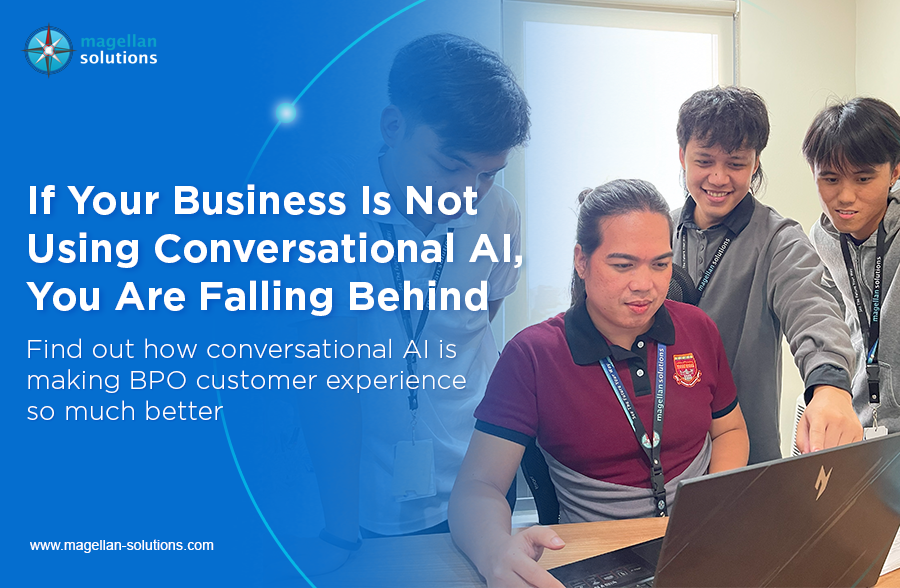Schedule a FREE call with our outsourcing expert now and get a precise quotation that meets your requirements. Don't wait - get started today!
Why the 1-10-100 Rule Is A Good Rule of Thumb for Startups and SMEs
The 1-10-100 rule is a widely accepted rule of thumb for data entry that emphasizes the importance of preventing errors at all stages of the data entry process. This rule suggests that the cost of correcting an error increases tenfold as the error progresses from one stage of the process to another. For instance, it costs one dollar to prevent an error at the data entry stage, ten dollars to correct the error during data validation, and a whopping one hundred dollars to fix the error during data analysis. The 1-10-100 rule, therefore, emphasizes the need to prevent errors at the data entry stage, as it is the most cost-effective way to ensure data accuracy. In this thesis, we will argue that the 1-10-100 rule is a good rule of thumb for data entry because it enables organizations to prioritize data accuracy and avoid costly errors that can negatively impact business operations.
Probability of Inaccurate Data Entry
|
Data Entry Technique |
Percentage |
|
Into Simple Spreadsheets |
18%-40% |
| Into Complex Spreadsheets |
100% |
This study found that humans are bound to make more mistakes when doing repetitive tasks like data entry. As said above, this is inevitable.
More industries, from law enforcement to SMEs, have transferred from paper trails to digitization. This maximizes innovation and technology, safeguards data and information, and facilitates retrieval and processing.
Because of these reasons, data entry has become an in-demand job in recent decades. Lots of industries rely on this job to ensure the accurate transfer of data from other various forms into one accessible database.
However, as human error is a fact of life, this job market and the industries that rely on this are plagued by challenges that result from inaccurate data entry.
Is There an Industry-accepted Data Entry Errors Rate?
Now, this is a tricky question. Some would insist that 30% is the industry accepted for inaccurate data entry or good enough. This error rate is not enough to cripple a business or an organization.
But the bad news is that an error is still an error, and it could pose a risk that this industry-accepted percentage is not applicable across all sectors.
To illustrate, Amazon servers hosting Netflix, Tinder, Airbnb, Reddit, and IMDb crashed and shut down these websites for five hours. The reported loss was an estimated $150 million in revenue. At the same time, U.S. financial services lost $160 million.
The error is the incorrect entry of a single-line command. Imagine this: 70% of the overall data entry work is accurate, and this mistype of order only covers 30%. Still, the loss is a considerable drawback.
Such an example is why there is an ongoing debate regarding the industry-accepted margin for error. No industry is born, but everyone must strive for the highest accuracy.
Data Entry Errors: Why 1-10-100 Escalation Is A Good Rule of Thumb for SMEs
A bad practice that is becoming a norm for startups and SMEs is that they do not emphasize data entry work. This is understandable as you would instead invest your money in things to improve your product and services.
You may think you are not as big as Amazon and cannot lose much money with a simple data entry error, so investing resources indata entry work is not worth it.
According to George Labovitz and Yu Sang Chang, proponents of the 1-10-100 Rule of Escalation, such is a fallacy.
Their 1992 study illustrates that inaccurate data entries multiply exponentially according to the stage at which they are identified and corrected.
This means you can spend $1 for the initial checking of data entry; it could increase by $10 to correct the error in the batch. Then this mistake could cost $100 plus other factors affected by it.
These factors include various issues related to customer retention, loss of sales, reimbursement costs, and brand damage.
The opposite is also true about this scenario. As the adage goes, wrong input means lousy output, while good input means sound work. This rings true for data entry.
How To Reduce Human Error in Data Entry
Outsourcing data entry work is still the best choice for any business, especially for SMEs, as this strategy saves money, time, and hassle.
Though repetitive and may sound boring to some, data entry is still a critical day-to-day operation across industries. The outsourcing industry capitalizes on the sophisticated combination of human intelligence and technology to deliver the best data entry services.
Operational automation is the fancy word when it comes to data entry services. You may think automation and the latest use of software to ensure accurate data entry is just like that. Some outsourcing providers could pepper you with these words on their proposals.
These providers do not tell you that humans still hold most data entry positions. Manual data entry is an essential factor for this service, but the more humans in this operation, the higher the chance of human error.
Are we saying let’s remove humans to evade inaccurate data entry? No. You must understand that reducing data entry inaccuracies requires synchronizing humans and technology.
Look for a data entry outsourcing provider that does the following steps to promote data accuracy:
- Trained data entry employees on the importance of data
- Provides a good working environment to encourage focus
- Do not overload staff with data entry work more than they can handle
- Prioritize accuracy over speed
- Use software tools to automate the process
- Quality assurance for data accuracy
You may think you do not have to concern yourself with this information, but that thinking could lead to costly losses for your business.
How Quality Assurance Improves Data Entry Accuracy
As a business owner, you should understand how quality assurance works in data entry. These are vital points to remember when outsourcing your data entry tasks to a third-party provider.
You can use this as a jump board to ask your provider. Keep these things in mind when you do so:
- QA can identify primary sources of inaccuracies and points of entry errors
- QA uses data profiling analysis to ensure accuracy and completeness
- QA has a system in place to reduce data redundancy and useless data
- The provider has standardized data entry processes
- The provider has progress monitoring techniques to improve data entry processes
- The provider uses data entry automation tools
Common Types of Data Entry Errors
Efficiency and accuracy are the game’s name for data entry. However, fatigue and slip-ups could result in occasional errors. Here are common mistakes in data entry:
1. Transcription Data Entry Errors
This happens when information input occurs in the wrong way. This is more common in transcribing words than in numerical data. Errors include typos, repetition, and deletion.
2. Transposition Data Entry Errors
This is when information input happens in the wrong order. More common in numerical data than in words.
These two could be simple, but what we’ve discussed above could result in potential losses. It is good to remember that correcting inaccurate data entry takes time and resources. Prevention is always better than cure.
When Does Outsourcing Data Entry Work Good For SMEs?
Startups and SMEs are constantly fighting between business improvement and outsourcing repetitive tasks. In reality, striving to achieve data accuracy is suitable for SMEs. Why? You have yet to gather tons of data and information.
This is an excellent time to leverage outsourcing data entry to ensure you build your database well. Error-free and accurate.
The best time to outsource data entry is when your in-house team suffers from the following:
1. High Error Rate
This result may be due to a lack of data entry training, illegible handwritten forms, failure to understand the context, etc.
Outsourcing providers address this by pulling up samples from a certain period and doing a query for verification. They use a 1% error rate benchmark for a specific data set. Higher than that requires immediate correction.
2. Slow Turnaround Time
From paper documents to spreadsheets or word processors, keystrokes vary from 10,000 to 15,000/hour. Image capturing is slightly faster than digitizing a file. For transcription data entry work, context is also essential.
Outsourcing providers use OCR and ICR to transport image or paper documents faster into electronic data.
3. Lack of Personnel to Quality Check
The in-house data entry team requires a QA manager to ensure accuracy. This means you need to hire additional help to vet your manual data entry tasks. Quality checks are essential to ensure you only have the best information.
Outsourcing providers have QA teams that they could assign to data entry personnel for your business. One of the steps they do is a double entry system to eliminate erroneous data entry.
4. Spike in Data Entry Volume
Seasonal spikes in managing data entry work could cripple an entire business operation. It puts pressure on your in-house team and increases human error.
Outsourcing providers offer flexible terms so a business can use data entry services during a seasonal spike. Then, if the in-house team minimizes the volume, it can scale down.
5. Loss of Focus From Core Tasks
For SMEs, you don’t have the luxury of letting your core employees suffer from repetitive data entry work. Such scenarios rob them of the opportunity to complete tasks that impact the business.
Outsourcing providers free you from these shackles and let you focus on business management. They also improve overall operations in the long run, as your in-house employees are focused and only process information from accurate data—courtesy of your outsourced data entry provider.
Magellan Solutions Reduce Inaccurate Data Entry For SMEs
As an outsourced data entry provider for SMEs, we understand the risks of data entry errors for your business operations. We are here to reduce such errors and ultimately reduce them to none.
Our data entry employees are competitive to ensure every keystroke is accurate. At the same time, our system and software serve as a second layer of quality assurance.
We are ISO 27001:2013 certified and HIPAA-compliant regarding your data and information security. We only follow international standards when it comes to data security.
Process information from accurate data when you outsource with us. Give us a call for your free 60-minute business consultation.
















